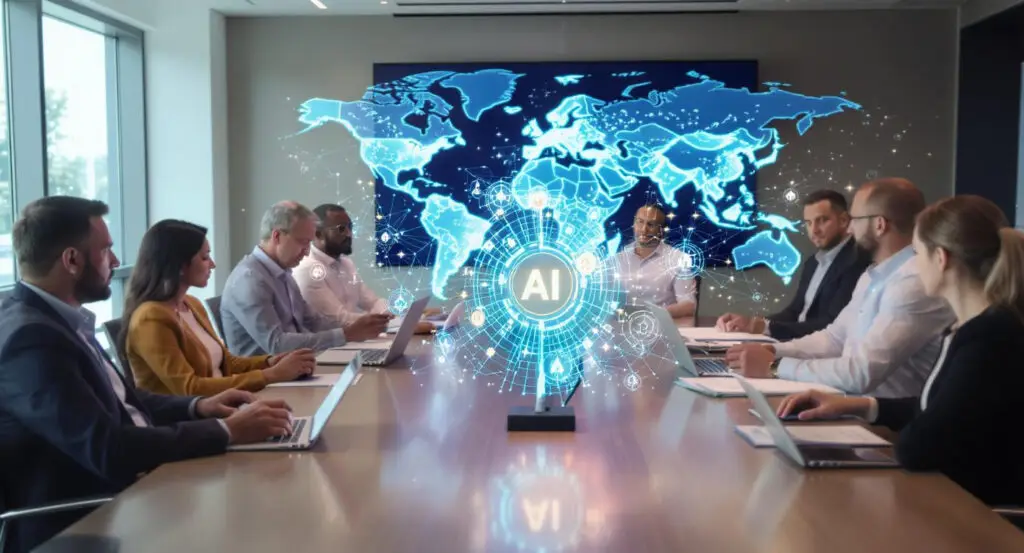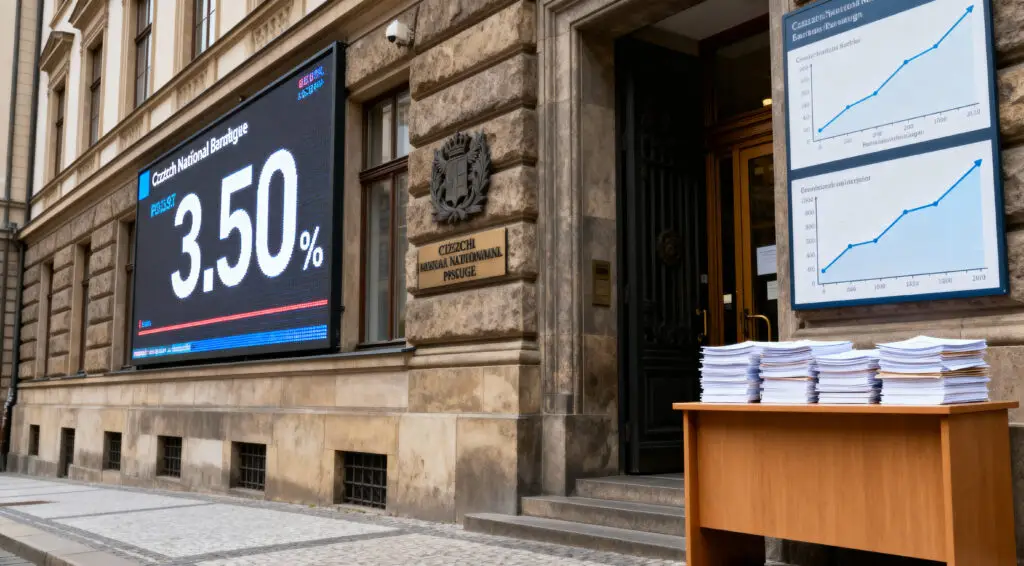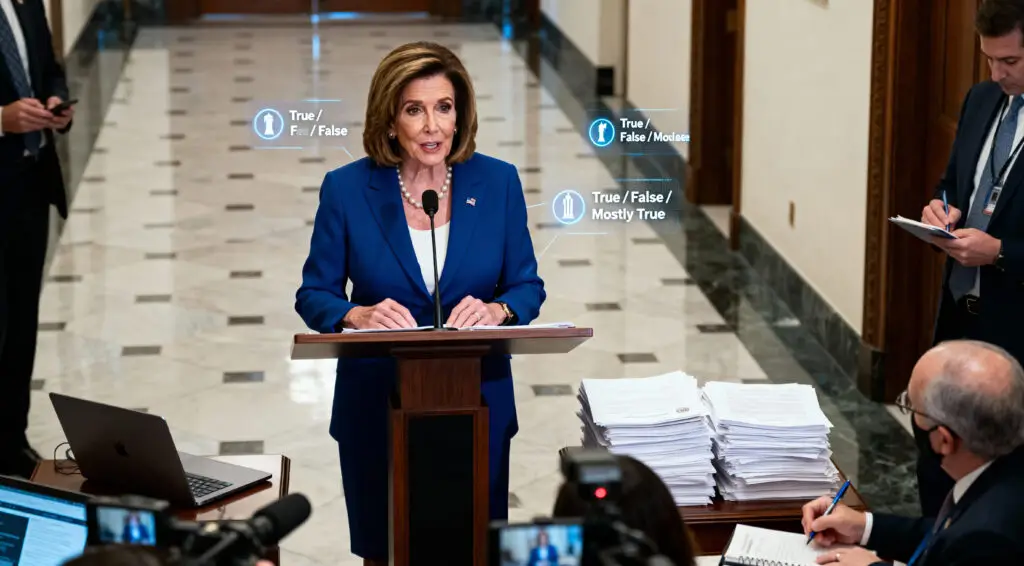Emerging technologies AI and cryptocurrency are increasingly intertwined, promising collective prosperity but posing complex regulatory challenges for policymakers.
The landscape of emerging technologies is witnessing a significant convergence between artificial intelligence (AI) and cryptocurrency (crypto). While both fields hold immense potential to advance collective prosperity, they are rooted in complex, disruptive technologies that present formidable challenges for policymakers. Traditionally, AI applications and crypto have followed separate developmental paths, yet their increasing convergence is now unmistakably evident.
AI Enhances Crypto
From the perspective of cryptocurrency, artificial intelligence, particularly machine learning (ML), offers significant capabilities. ML can be deployed to enhance processes involving intensive computation and advanced decision-making within blockchain operations. For instance, during blockchain mining, ML can support selecting optimal strategies, assigning tasks efficiently, and predicting faulty conditions in equipment, improving operational robustness.
ML also holds promise for improving crypto trading. Unlike conventional securities trading, crypto trading is around-the-clock and highly volatile. Advanced ML systems operate continuously, filtering noise, capturing subtle patterns, and adapting in real time. These attributes position ML well for predicting prices, detecting fraudulent activities, and optimizing portfolios based on numerous factors.
Crypto Benefits AI
Conversely, from the perspective of AI development, crypto, specifically blockchain technology, can manage data, model training, and related transactions. Modern AI models, trained on vast data, are often built by single companies, limiting access and creating data ownership conflicts. A blockchain-based approach could unite stakeholders, addressing data owner rights and enabling crowd-sourcing for model training, making AI more accessible.
Data and Accountability
Blockchain can keep training data from different sources secret while distributing AI model training. Building on this, blockchain can seamlessly support transactions related to training data, AI models, and model outputs. This ensures accountability, reward mechanisms, access control, usage management, transparency, and auditability. Its immutable ledger keeps records accessible and secure.
Blockchain tokens incentivize content and knowledge contributions. Smart contracts streamline governance rule enforcement. This integrated approach can foster broader adoption and trust in AI systems by ensuring fair and transparent data handling and model development.
Policy Challenges
Despite their potential, both AI and crypto pose serious policy challenges. These complex technologies produce nuanced and profound impacts, demanding thorough understanding. Regulating either AI or crypto is already a formidable task, explaining the slow pace of regulation. Their convergence multiplies this difficulty, especially given diverse stakeholders with conflicting interests.
Risk Mitigation
A sensible strategy for managing AI and crypto convergence is a risk-based approach. This identifies and mitigates potential risks before leveraging combined benefits. Major risks include misinformation, discrimination, and financial loss. Integration of these fields can alleviate concerns: ML in crypto trading enhances decision-making and promotes economic stability, while blockchain in AI fosters collaboration, leading to more representative data and higher accuracy.
Forward-Looking Policy
The increasing momentum in policymaking is encouraging. Regulatory activities, complemented by robust educational initiatives, can avert a future where dominant risks undermine critical thinking and sound judgment. Integrating forward-thinking regulations with targeted education programs protects communities and empowers individuals. This combined approach lowers risk exposure and cultivates a resilient environment for innovation, benefiting all.























